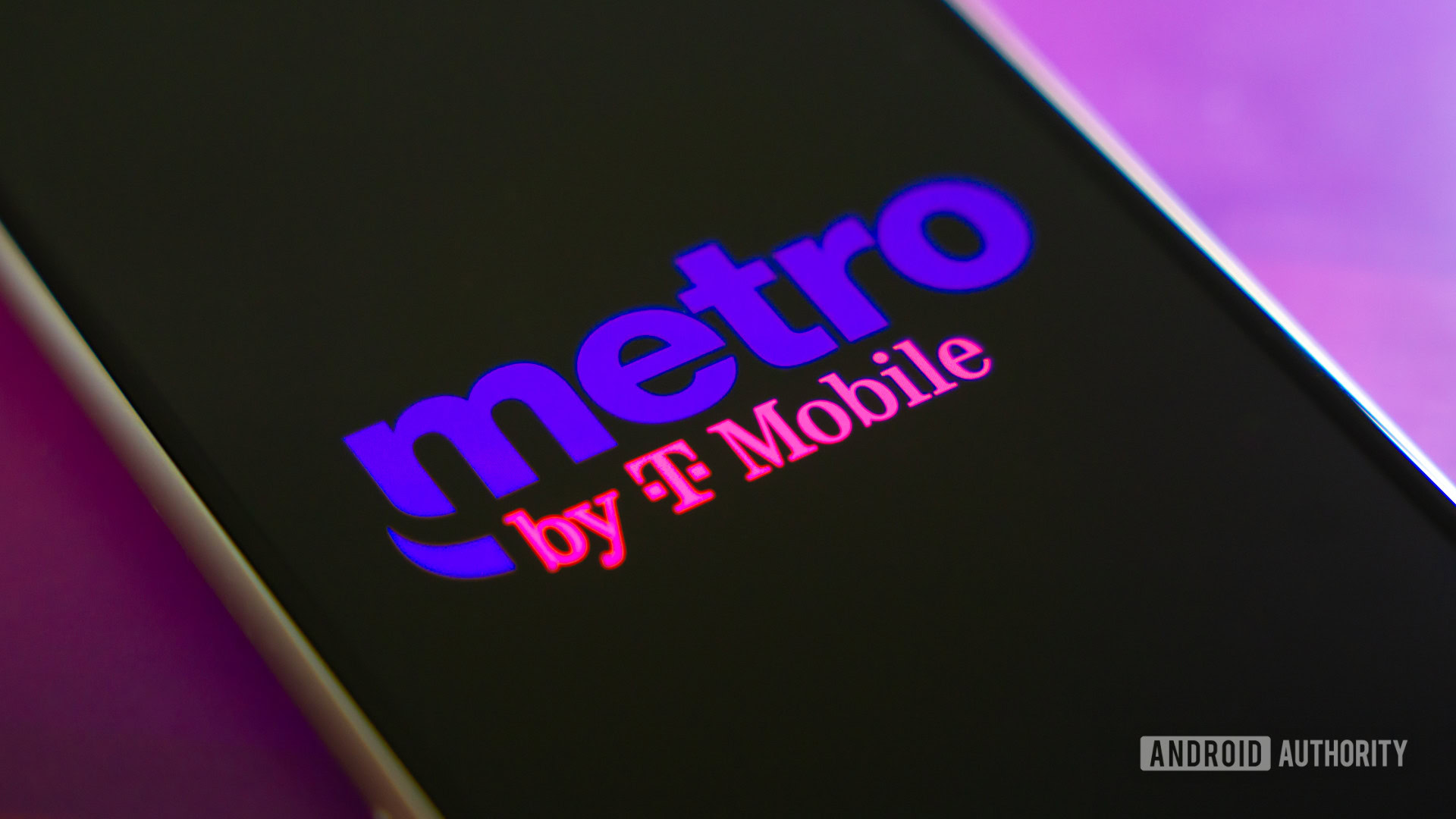Authors:
(1) Zhenbang Feng, Department of Electrical and Computer Engineering, Viterbi School of Engineering, University of Southern, California Los Angeles, CA, USA ([email protected]);
(2) Hardhik Mohanty, Department of Electrical and Computer Engineering, Viterbi School of Engineering, University of Southern, California Los Angeles, CA, USA ([email protected]);
(3) Bhaskar Krishnamachari, Department of Electrical and Computer Engineering, Viterbi School of Engineering, University of Southern, California Los Angeles, CA, USA ([email protected]).
Editor’s note: This article is part of a broader study. You’re reading part 5 of 5. Read the rest below.
Table of Links
VII. RISK FACTORS FOR STABLE DERIVATIVES
Stable derivatives represent stability against the volatility of cryptocurrencies in DeFi. Although these stable-coins are engineered to maintain peg with traditional currencies or commodities, they face various risk factors that can destabilize their value.
A. Underlying Blockchain
The stability and operation of decentralized applications or protocols largely depend on the foundation provided by the underlying blockchain. If the blockchain experiences issues such as poor performance, delayed transactions, or security breaches, this impacts all applications built on it. A practical example is the Mirror Protocol’s shutdown, which stemmed from Oracle issues on the Terra blockchain. Challenges faced by a blockchain can ripple through to DeFi protocols, diminishing user trust and reducing system stability.
B. Oracle
Oracles play a critical role in connecting blockchain systems with real-world data. They are responsible for delivering precise price data, ensuring proper collateralization within the system. However, they aren’t exempt from risks. Events like pricing inaccuracies, unexpected system behaviors, or targeted attacks can result in oracles providing wrong data. This misinformation can set off unwarranted liquidations or other adverse system actions.
C. Smart Contract Bugs or Hacks
Smart contracts are core to DeFi protocol operations. Like other softwares, they are also prone to vulnerabilities. Threat actors continuously search for these vulnerabilities in the smart contract code to exploit. In the worst case, an attack on the infrastructure could result in a total loss of decentralized assets held as collateral.
D. Failure of Centralized Infrastructure
Despite DeFi’s central tenet being decentralization, some aspects still rely on centralized systems, particularly in early stages. DeFi platforms sometimes lean on centralized systems or foundations for operations, management, and governance. Any malfunction or regulatory issues of these centralized parts can pose a considerable threat to the protocol. Issues could range from access barriers in specific countries, failure in front-end user interfaces, or legal complications for the overseeing foundation, all of which can affect the protocol’s seamless operation and expansion.
E. Debt Ceiling
Considering single collateral DAI, the debt ceiling sets a maximum threshold for the amount of DAI that can be minted against a specified collateral, commonly ETH. Establishing this limit is a strategic management scheme to restrict the available supply of DAI in the DeFi market. However, the complex dynamics of the DeFi market can transform this into a potential risk factor for the stable derivative. When the amount of DAI generated against the single collateral reaches its debt ceiling, the system prohibits any further generation of DAI. As a result, users are compelled to acquire DAI exclusively from the open market. Such constraints can exert upward pressure on DAI’s price, pushing it beyond its intended $1 peg. This situation underscores the risk of a stable derivative’s price surpassing its designated peg.
VIII. CONCLUSIONS
We introduced a belief parameter in the modeling of the DAI stablecoin to effectively capture market sentiments regarding its valuation and stability. We constructed a mathematical that quantitatively depicts the stability mechanism of DAI in response to ETH price fluctuations. Additionally, we conducted an extensive risk analysis for stable derivatives, examining the impact of factors such as oracle reliability, debt ceiling, and smart contract vulnerabilities on their stability and operation. For future research, we plan to refine the model to reduce the correlation between DAI and ETH prices and expand the model to incorporate multi-collateral DAI in order to provide deeper insights into its stability and risk factors in a more diverse economic environment.
REFERENCES
[1] H. Kołodziejczyk and K. Jarno, “Stablecoin–the stable cryptocurrency,” 2020.
[2] L. Ante, I. Fiedler, and E. Strehle, “The influence of stablecoin issuances on cryptocurrency markets,” Finance Research Letters, vol. 41, p. 101867, 2021.
[3] M. Team, “The maker protocol: Makerdao’s multi-collateral dai (mcd) system,” White paper, 2020.
[4] R. K. Lyons and G. Viswanath-Natraj, “What keeps stablecoins stable?” Journal of International Money and Finance, vol. 131, p. 102777, 2023.
[5] M. Mita, K. Ito, S. Ohsawa, and H. Tanaka, “What is stablecoin?: A survey on price stabilization mechanisms for decentralized payment systems,” in 2019 8th International Congress on Advanced Applied Informatics (IIAI-AAI). IEEE, 2019, pp. 60–66.
[6] A. Klages-Mundt, D. Harz, L. Gudgeon, J.-Y. Liu, and A. Minca, “Stablecoins 2.0: Economic foundations and risk-based models,” in Proceedings of the 2nd ACM Conference on Advances in Financial Technologies, 2020, pp. 59–79.
[7] L. Gudgeon, D. Perez, D. Harz, B. Livshits, and A. Gervais, “The decentralized financial crisis,” in 2020 crypto valley conference on blockchain technology (CVCBT). IEEE, 2020, pp. 1–15.
[8] T. Kothari and W. C. Gu, “Simulating stablecoin systems with latent market confidence index,” Available at SSRN 3508036, 2018.
[9] J. Clark, D. Demirag, and S. Moosavi, “Demystifying stablecoins: Cryptography meets monetary policy,” Queue, vol. 18, no. 1, pp. 39–60, 2020.
[10] Synthetix, “Synthetix: Decentralized synthetic assets,” 2023. [Online]. Available: https://www.synthetix.io
[11] M. Protocol, “Mirror protocol: Synthetic assets on the blockchain,” 2023. [Online]. Available: https://www.mirror.finance
[12] S. Bhat, A. B. Kahya, B. Krishnamachari, and R. Kumar, “Daisim: A computational simulator for the makerdao stablecoin,” in 4th International Symposium on Foundations and Applications of Blockchain 2021 (FAB 2021). Schloss DagstuhlLeibniz-Zentrum fur Informatik, 2021. ¨
[13] ANRGUSC, “Daisim 2.0,” 2024. [Online]. Available: https://github.com/ANRGUSC/DAISIM










